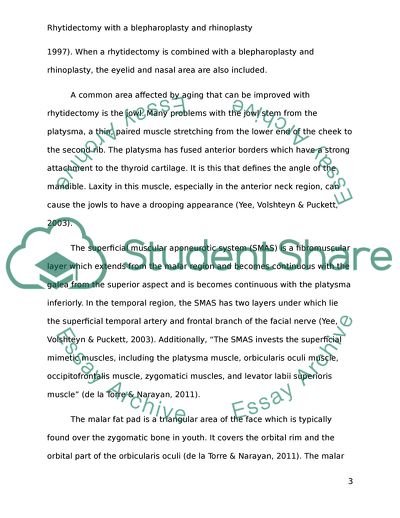Cite this document
(Not Found (#404) - StudentShare, n.d.)
Not Found (#404) - StudentShare. https://studentshare.org/medical-science/1764289-rhytidectomy-with-a-blepharoplasty-and-rhinoplasty
Not Found (#404) - StudentShare. https://studentshare.org/medical-science/1764289-rhytidectomy-with-a-blepharoplasty-and-rhinoplasty
(Not Found (#404) - StudentShare)
Not Found (#404) - StudentShare. https://studentshare.org/medical-science/1764289-rhytidectomy-with-a-blepharoplasty-and-rhinoplasty.
Not Found (#404) - StudentShare. https://studentshare.org/medical-science/1764289-rhytidectomy-with-a-blepharoplasty-and-rhinoplasty.
“Not Found (#404) - StudentShare”. https://studentshare.org/medical-science/1764289-rhytidectomy-with-a-blepharoplasty-and-rhinoplasty.


